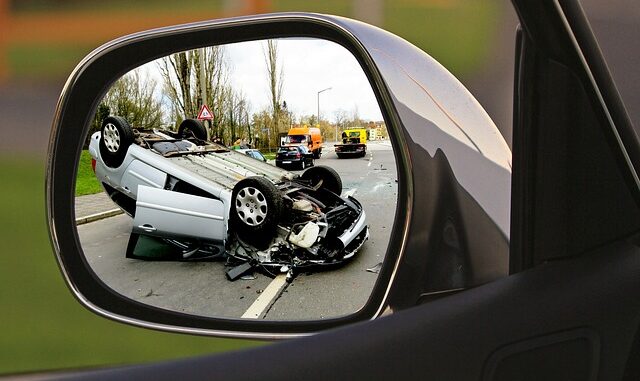
Accidents involving pedestrians and vehicles can be devastating, particularly when the vehicle involved is at fault and uninsured. In Ontario, Canada, the aftermath of such incidents requires a clear understanding of legal procedures and available resources. Here’s a comprehensive guide on what happens if you are hit by a car as a pedestrian in Ontario, and the vehicle responsible has no insurance.
Immediate Steps After the Accident
The first priority after being hit by a car as a pedestrian is to ensure safety and seek medical attention. Here are the crucial steps to take immediately:
- Contact Emergency Services: Call 911 or local emergency services immediately. It’s vital to get medical help for any injuries sustained.
- Gather Witness Information: If possible, ask witnesses to stay at the scene and provide their contact details. Witness testimonies can be crucial for determining fault and supporting your claim.
Dealing with Insurance (or Lack Thereof)
In Ontario, the situation where the at-fault vehicle is uninsured complicates matters. Typically, compensation for injuries and damages would come from the at-fault driver’s insurance. However, if the driver lacks insurance, pedestrians can still seek compensation through other avenues:
- Accident Benefits: Regardless of whether the pedestrian or the at-fault vehicle has insurance, accident benefits may still be available. These benefits cover medical expenses, rehabilitation costs, and lost income resulting from the accident. Pedestrians can access accident benefits by contacting the Motor Vehicle Accident Claims Fund (MVACF) or if the pedestrian has his/her own insurance, through their own insurer.
- Motor Vehicle Accident Claims Fund (MVACF): This fund acts as a last resort for individuals injured in accidents involving uninsured or unidentified vehicles. It provides compensation as a public insurer.
Legal Recourse: Suing for Compensation
When dealing with uninsured drivers, pursuing legal action may be necessary to recover full damages. Here’s how pedestrians can proceed:
- Suing the MVACF: Pedestrians have the option to sue the Motor Vehicle Accident Claims Fund for damages resulting from the accident. This includes compensation for pain and suffering, medical expenses beyond accident benefits, and other losses incurred.
- Legal Support: Consulting with a personal injury lawyer experienced in handling motor vehicle accidents is advisable. They can provide guidance on the legal process, assess the viability of a lawsuit, and represent your interests in court if necessary.
Understanding Fault Determination
In Ontario, fault determination rules are crucial in pedestrian accidents involving vehicles. Even if the pedestrian is partly at fault, they may still be eligible for compensation, although the amount could be reduced based on their degree of fault. Factors such as pedestrian actions, jaywalking, traffic signals, and vehicle speed are considered when determining fault.
Seeking Compensation: Legal Considerations
Navigating the legal landscape after being hit by an uninsured vehicle requires careful consideration:
- Statutory Deadlines: There are strict timelines for filing claims and lawsuits in Ontario. Missing these deadlines can result in losing the right to seek compensation. Seeking legal advice promptly ensures compliance with these deadlines.
- Documenting Evidence: Keeping detailed records of the accident, medical treatments, and financial losses is essential. This documentation strengthens your case when filing for accident benefits or suing for damages.
Conclusion
Being hit by a car as a pedestrian in Ontario, especially when the vehicle is uninsured, can lead to significant challenges. However, understanding the available options and taking prompt action can help mitigate the impact. From seeking medical attention and gathering witness statements to accessing accident benefits through the MVACF and potentially suing for damages, knowing your rights and legal avenues is crucial.
If you find yourself in such a situation, seek immediate medical help, gather evidence, and consider consulting with a personal injury lawyer to navigate the complexities of insurance claims and legal proceedings. Remember, even without insurance on the at-fault vehicle, avenues for compensation exist to support your recovery and ensure your rights are protected under Ontario’s legal framework.
